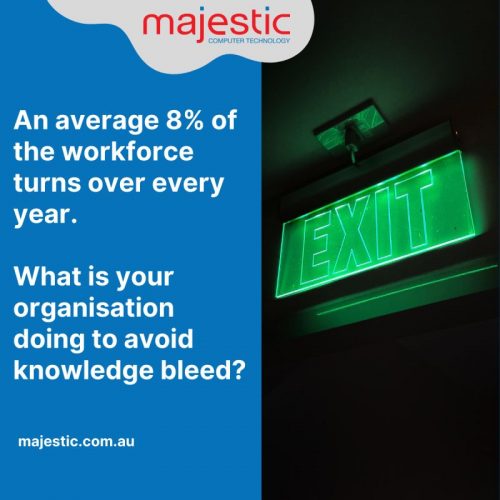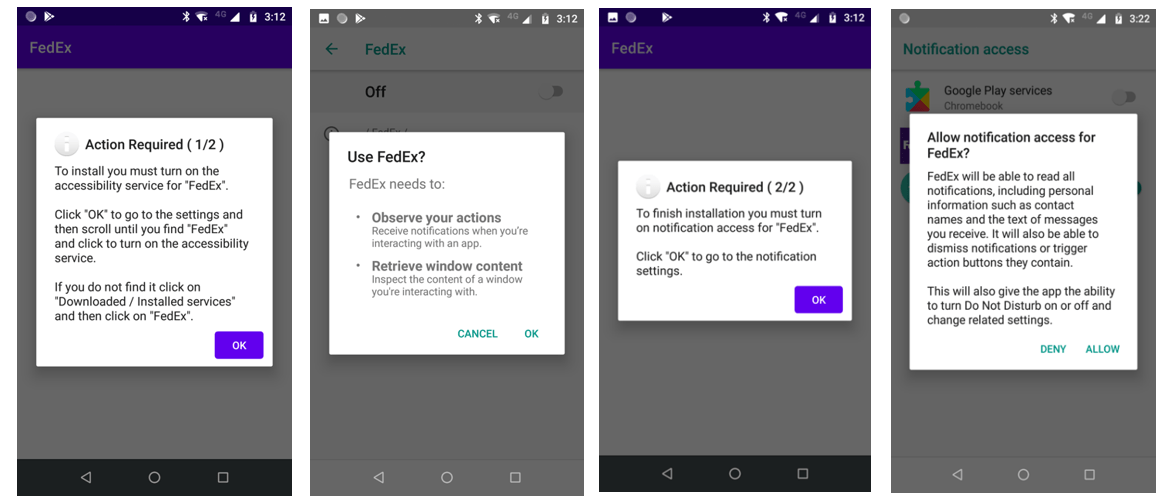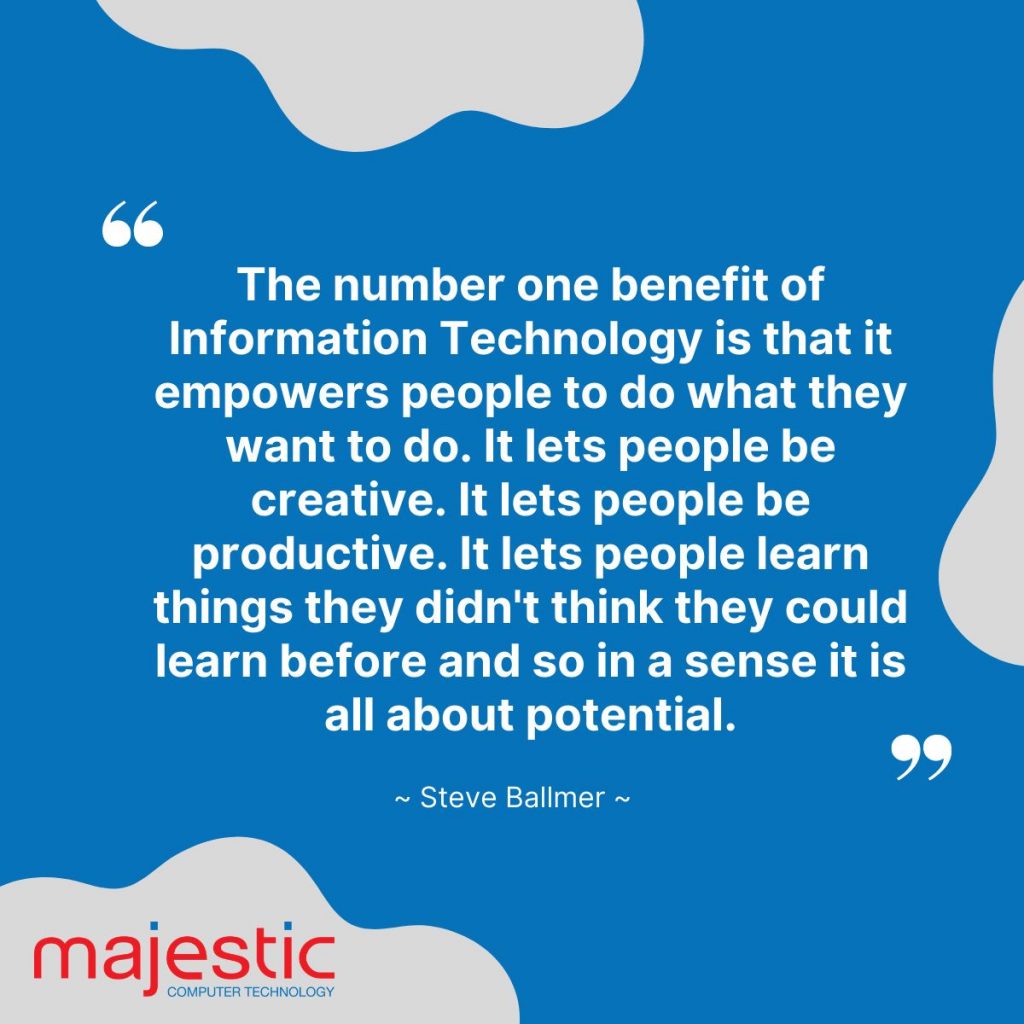Majestic CEO Tal Evans discusses the various factors that contribute to an organisation’s ability to keep up with the pace of technology advancements.

There are many factors that contribute to how well organisations keep pace with the level of change in IT. What we see in the Healthcare and NFP sectors is that their ability to do so varies. It varies with the organisation’s appetite for investing in technology, with their appetite for risk and with the expectations the board has for its executives.
What we see most often is that smaller to medium healthcare providers and NFPs struggle to keep pace. Many assume that struggle is a primarily financially focused one, but that’s not the core problem. The core problem lies with the fact that a healthcare or NFP’s organisation’s core knowledge base is not usually technology focused.
These sectors’ main focus is using information to deliver health services, care services, and/or some kind of social service. They have a lack of understanding around what’s available and what’s possible in the technology space. Educating our clients around what is possible is a big part of what we do.
Research from Deloitte shows 57% of companies claim that outsourcing enables them to focus on core business functions.
Does your organisation have the ability to focus on what’s most important?


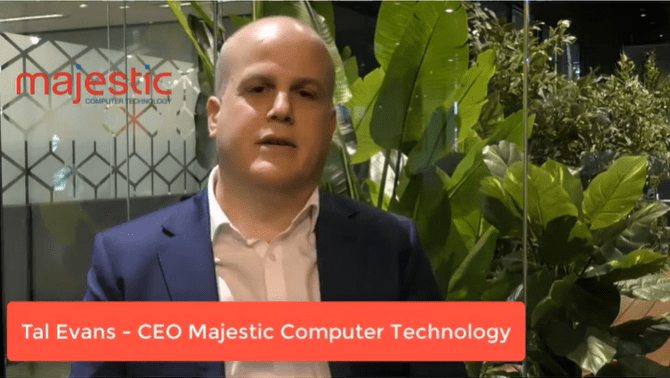

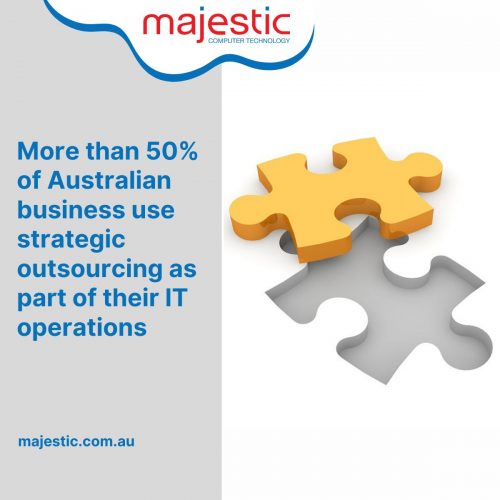 Research from Deloitte shows that more than 50% of Australian businesses are outsourcing some, or all, of their IT operations. Has your organisation considered the benefits of strategic outsourcing?
Research from Deloitte shows that more than 50% of Australian businesses are outsourcing some, or all, of their IT operations. Has your organisation considered the benefits of strategic outsourcing?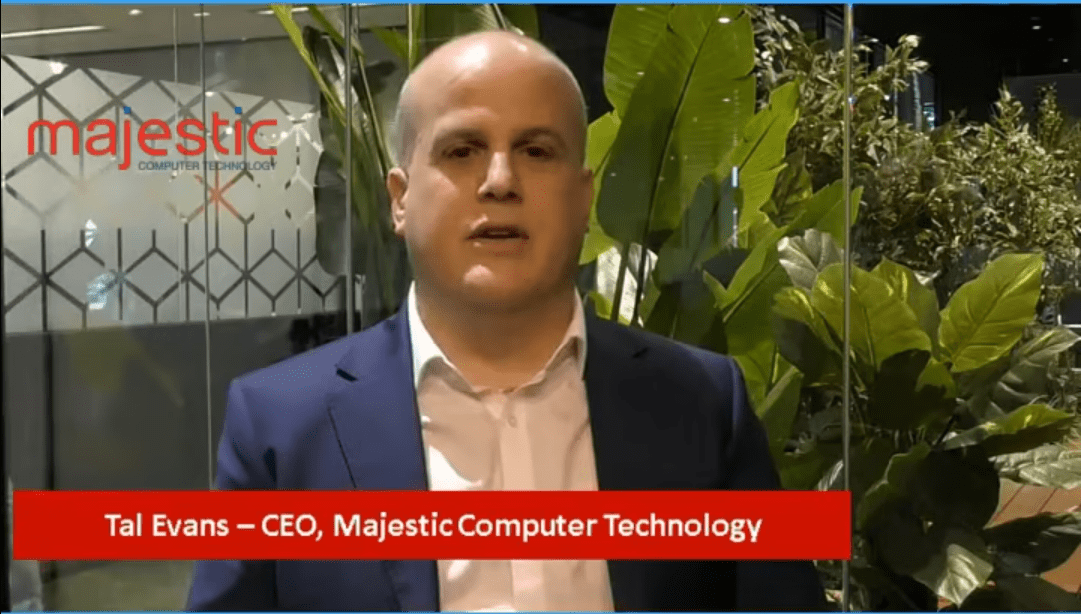








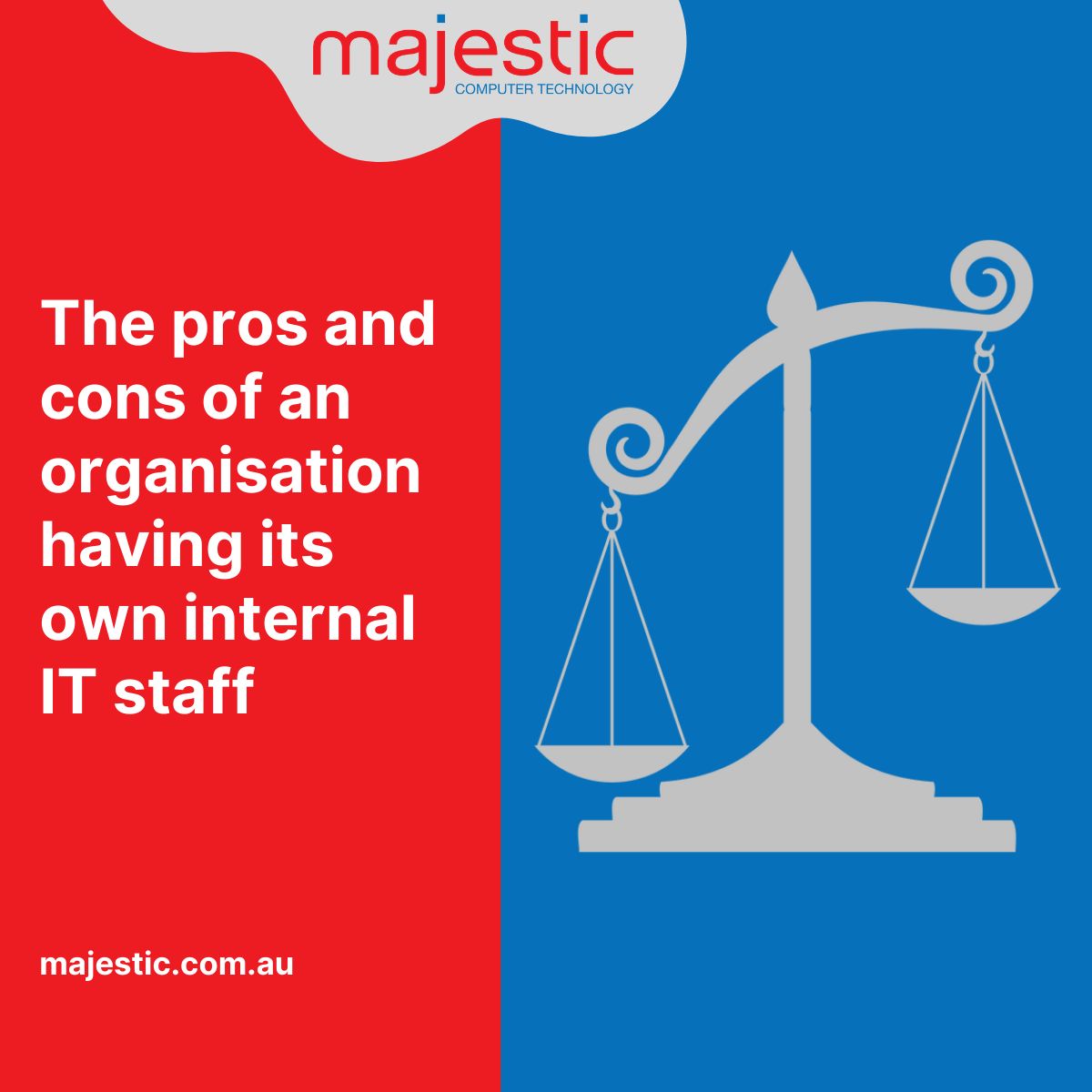
 An organisation with its own internal IT staff has a reduced pool of knowledge with which to trade, borrow and acquire ideas from. Having a managed services provider like Majestic on the team deepens that pool considerably.
An organisation with its own internal IT staff has a reduced pool of knowledge with which to trade, borrow and acquire ideas from. Having a managed services provider like Majestic on the team deepens that pool considerably.